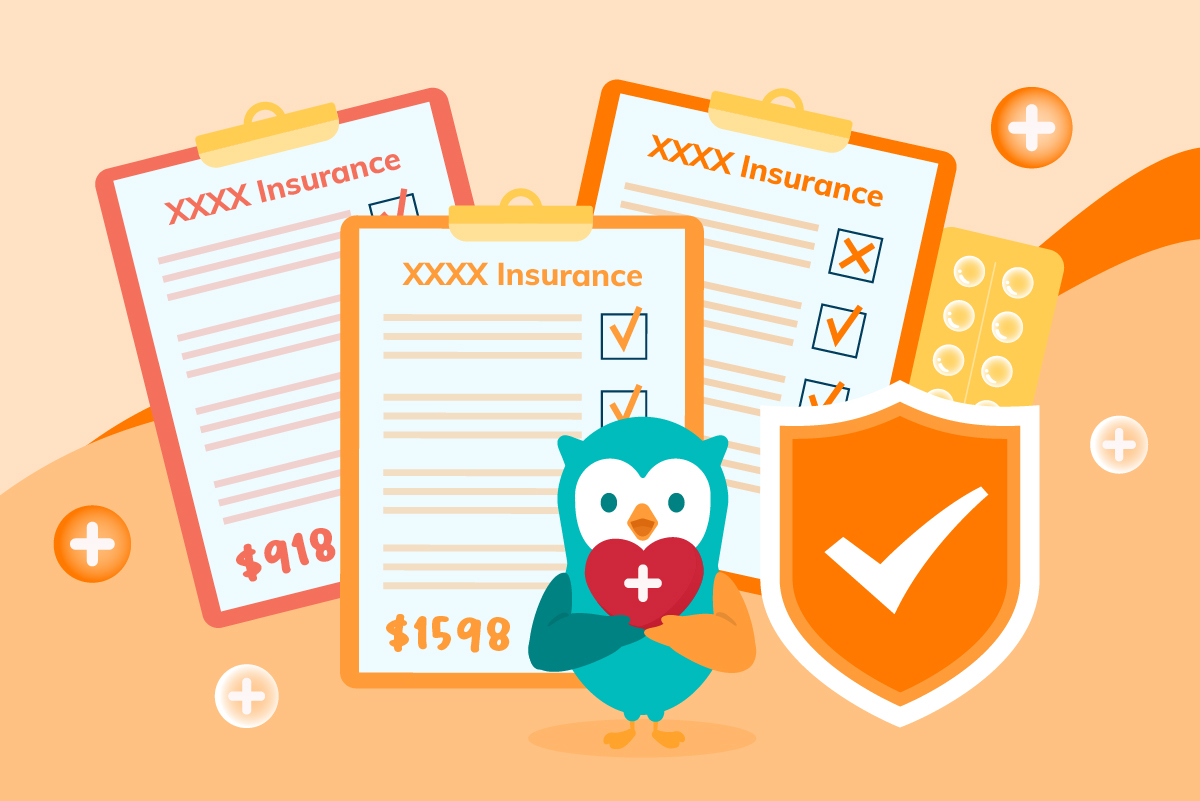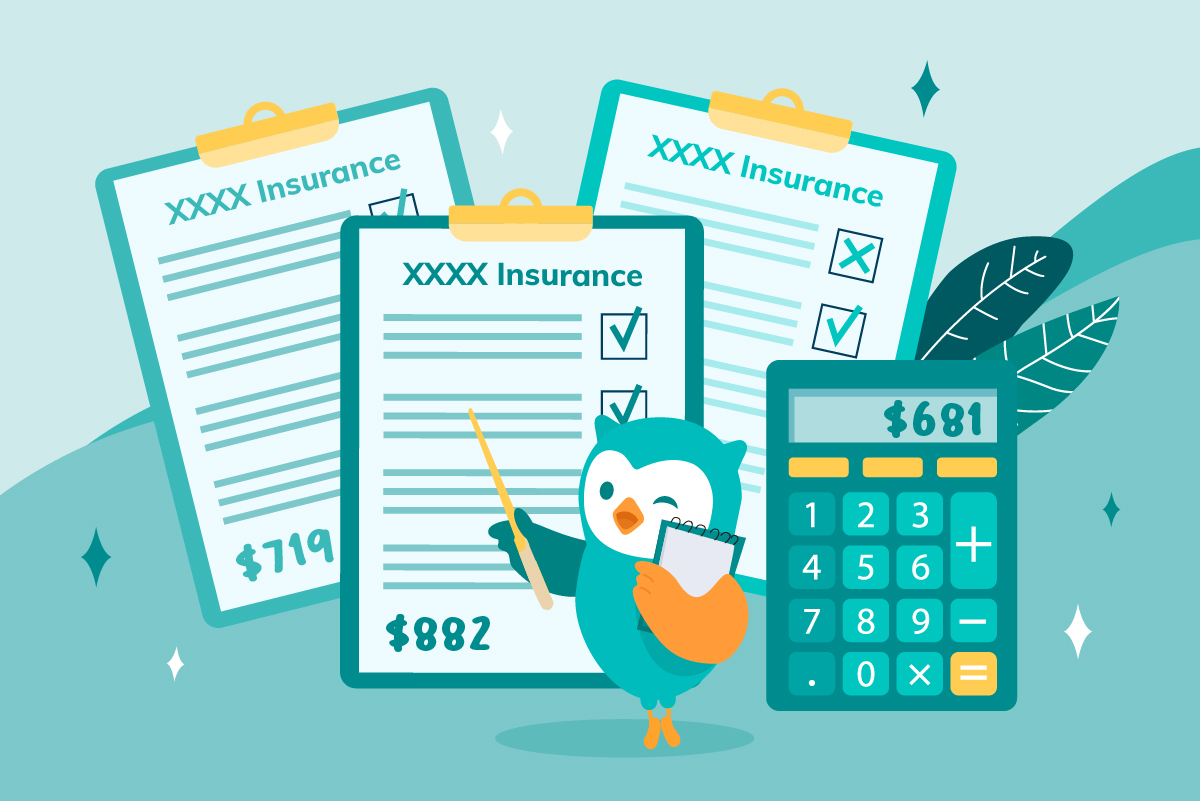Note: It was announced in November 2023 that MoneyOwl will be acquired by Temasek Trust to serve communities under a re-purposed model, and will move away from direct sale of financial products. The article is retained with original information relevant as at the date of the article only, and any mention of products or promotions is retained for reference purposes only.
______________
In our previous article, we discussed how CPF LIFE
payouts form a good Safe Retirement Income Floor. For some Merdeka generation
retirees, however, you may feel that the payouts from CPF are less than what you
wish to have for your lifestyle. If so, you can build on top of your Safe
Retirement Income Floor, by investing in financial instruments, to fulfil the
Second Must-Have in Retirement: a monthly income for daily expenses.
In this article, we share strategies a Merdeka
Generation senior can employ in building this second layer of retirement income.
The 5 risks faced by
retirees
Retirement planning for retirees is more
complicated than for accumulators because of the combination of 5 risks that retirees
need to deal with:
- Longevity risk –
living too long - Inflation risk – things becoming more expensive
- Investing risk – assets value rise and fall
- Over-spending risk – unsustainable spending
- Healthcare risk – huge
medical expenses
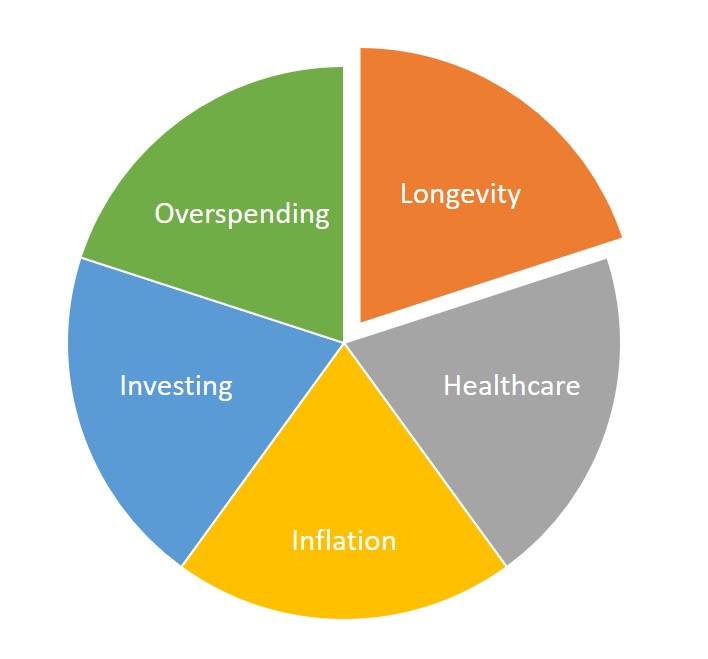
Retiree’s Five Risks
The combination of these risks poses a conundrum
for retirees. While an annuity like CPF LIFE takes care of longevity risk to
some extent, rising costs (inflation risk) mean that a much bigger retirement
fund is required to maintain your current standard of living. Leaving your
money in the bank to earn fixed deposit interest rates is unlikely to support
your retirement spending and hence there is a need to invest for higher returns
on your savings. However, investing carries risk (investing risk) and too much
volatility on your investment might become uncomfortable for retirees to
accept. At the same time, if left unchecked, excessive spending (over-spending
risk) especially in the early years of retirement could deplete their savings
faster. Finally, as we age, our medical cost (healthcare risk) increases and
this will put further strain on the retirement funds.
A good retirement plan needs to try and reconcile these 5 risks for the retiree. Here are some instruments you can consider using to build an additional layer of retirement income, on top of CPF payouts:
1. Invest in suitable low-cost, well-diversified, market-based portfolios to stretch your savings, while setting withdrawal rules
Contrary to popular
intuition, you can still invest in markets during your retirement years. Your
investment decision should be a combination of the need to take risk (what return you need), your ability to take risk and your willingness
to do so.
The need to take risk
includes your need for income and your need to overcome longevity and inflation
risks. As for your ability to take risk, consider your financial situation, such
as whether you have an emergency fund and the time horizons that are relevant
to you. Given that an average retirement can span 15 to 20 years today, you
certainly have the time horizon to invest at least a portion of your savings
that you do not immediately need. However, you need to be willing to accept
some volatility because staying invested is key to capturing market return.
Unless you have a large enough pool of capital to
be able to spend only the return, you should also set a retirement withdrawal
rule at between 2.5% to 4.0% of initial invested capital, to help mitigate the
negative impact of sequence of returns risk in investing. This is the risk of experiencing
negative market returns at the beginning of your drawdown, such that you would
deplete your capital base quickly if you are drawing down a fixed amount (or an
amount that is adjusted for inflation yearly), compared to a situation in which
the returns are positive at the start of your drawdown period. Alternatively,
you can bucket your investments according to different time horizons and invest
later “buckets” into higher risk portfolios and earlier “buckets” into low-risk
instruments.
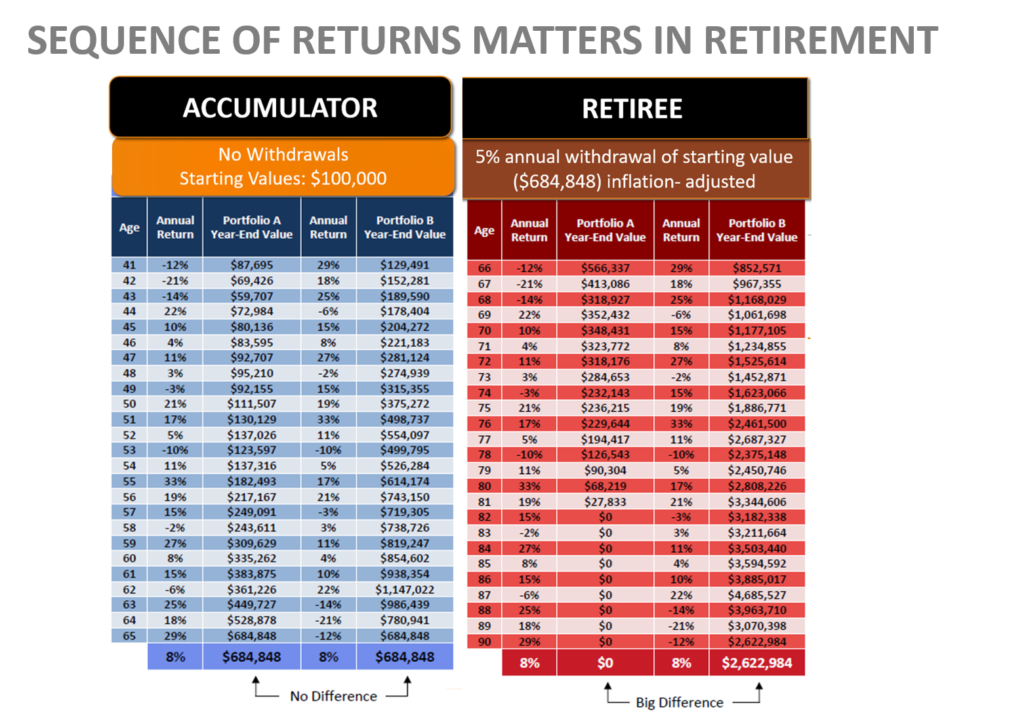
MoneyOwl will soon be launching our own suite of low-cost, well-diversified and market-based portfolios that do not try to time the market based on forecasts or other techniques. Costs matter because they impact return, while the disciplines of diversification and avoiding going in and out of market are important if an investor is to capture market return.
2. Consider Retirement Income products
For those who prefer not to make portfolio
investments, you may wish to consider retirement income products offered by
local insurers. When CPF LIFE was introduced, it effectively killed off the private
annuities market as it was close to impossible to match the returns, all else
being equal. Nevertheless, the insurance companies have reinvented this product
range as retirement income products which now offer themselves as a complement
to CPF LIFE, especially if you have already hit the CPF top-up limit.
Retirement income plans provide a monthly payout
over a fixed period. The payout comprises both a guaranteed and non-guaranteed
portion depending on the performance of the underlying fund. It is important to
take note that a portion of the return is not guaranteed. Compared to portfolio
investments, Retirement income products generally present less visible
volatility as the payouts depend on the insurer’s ability to make the different
threshold of investment returns in the insurance fund. In terms of
disadvantages, you may find the capital outlay large relative to the return.
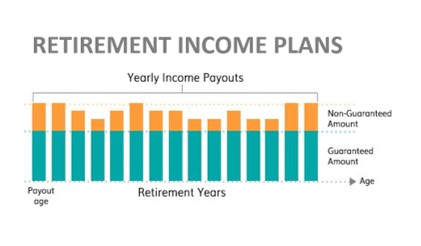
To compare the different retirement income plans in the market, try MoneyOwl’s Insurance Robo.
3. Park your liquid funds in Singapore Savings Bonds (SSBs)
Singapore Savings Bonds
are more savings than investment instruments. For
retirees (or anyone, actually), they can be a very good place to park your
liquid funds. They are flexible alternatives to fixed deposit accounts, but
without penalty for redemption. These bonds are backed by the Singapore
government and principal is guaranteed.
The SSB has a full tenure of 10 years and its interest
is tied to that of Singapore Government Securities (SGS). You get a coupon
every 6 months. You receive less interest at the start, but the interest steps
up over time. The coupons and effective interest rates you will receive are all
announced prior to your investment. If you hold your SSB for the full 10 years,
your return will match the average 10-year SGS yield the month before your
investment.
The difference between SSBs and SGS is that you have the flexibility to redeem the bond at any time, with a maximum waiting period of one month, without price risks. You always get back your full principal even if you sell before the 10 years is up. In this regard, SSBs are unlike Singapore Government Securities (SGS), which have to be sold on the secondary market if you want to redeem them early. The price at which you can sell the SGS is dependent on market factors. If the interest on newer issues of SGS has gone up, buyers will ask for a lower price to compensate for the opportunity cost. If market forces move the other way, the price of SGS can go up as well. Not so for SSBs. You get back what you invested, no more, no less, and of course you keep the coupons you have already clipped. In terms of overall return, an investor who holds an SSB for a given number of years would have an average return similar to that of an SGS of the same tenor. You even know what this return is ahead of time!
SSBs deal with the risk of investing loss (given
that they are not really a traditional investment), but not inflation or other
risks faced by retirees. They can complement your retirement plan in two ways. The
first is to receive the coupons, but these are not high. The coupon rate for
March 2019 issues are 1.95% in the first 12 months and step up to 2.55% for a
10-year period. Assuming you
buy into $100,000 worth of these SSBs and hold it till maturity, you can expect
to receive an average of just under $1,100 in coupons every 6 months. The
second way is to draw down your SSBs by redeeming them gradually over set time intervals
or when you have unforeseen emergencies.
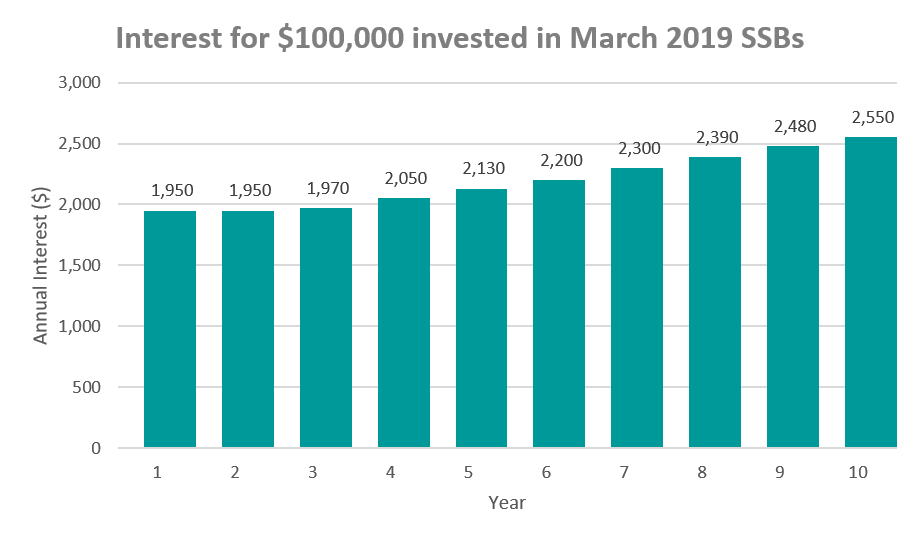
You can buy SSBs
through one of our three local banks – DBS/POSB, OCBC or UOB, via the ATM or
internet banking. You will need either a CDP account or an SRS account and
there is an administrative charge of $2 per application. The minimum investment
amount is $500, capped at a maximum holding level of $200,000. In months when
the SSBs are oversubscribed, you may not get your full allocation.
Other sources of income
In an earlier article,
we had talked about monetising your home for additional income in retirement.
In the event of severe disability in retirement, there may be payouts from ElderShield
or the upcoming CareShield Life to help in long-term care expenses, in addition
to what you may have from CPF LIFE/ Retirement Sum Scheme and investments. We
will cover this in our next article.
The saying goes that the journey of
thousand miles begins with a single step. So does a 20, 25 or 30-year
retirement. We’ve listed down several ways you can supplement your income for a
more secure and purposeful retirement. We hope you are encouraged to take them.
Stay tuned for the next part in our series where we will discuss healthcare risk and our Third Must-Have in Retirement: a Medical Safety Net.
MoneyOwl is Singapore’s 1st bionic financial adviser. To find out more about us, visit www.moneyowl.com.sg


